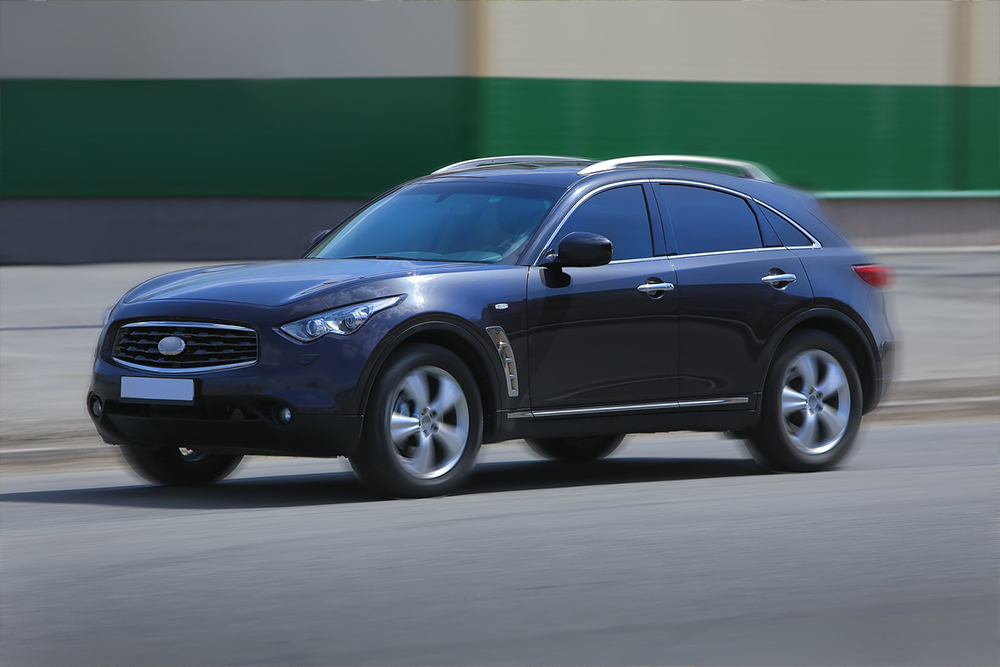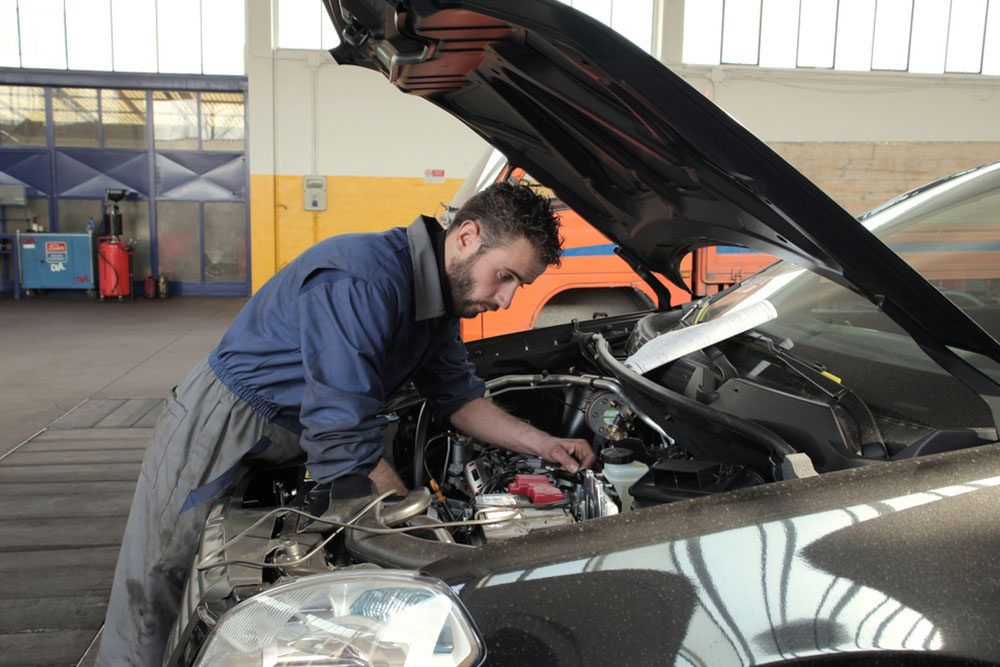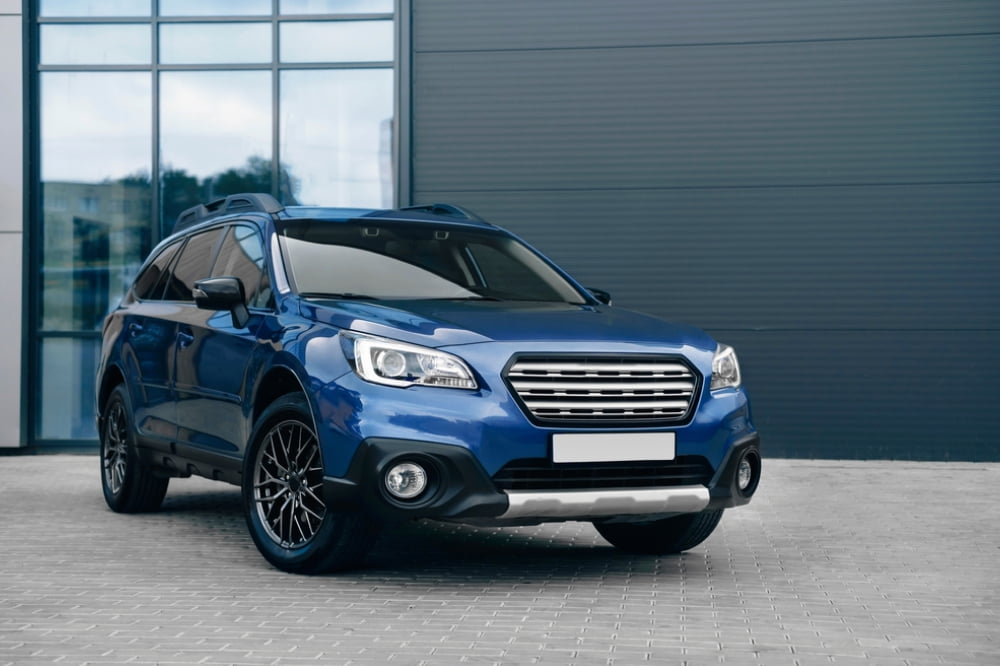Comprehensive Guide to Buying a Reliable Used Subaru Forester
Looking to buy a used Subaru Forester? This detailed guide provides expert tips on assessing mileage, inspecting the vehicle, test driving, and negotiating to ensure you make a smart purchase. Learn how to evaluate vehicle history, verify seller credibility, and find the best deals to maximize value and reliability. Perfect for budget-conscious buyers aiming for a dependable SUV, this comprehensive advice will help you navigate the used car market with confidence and avoid costly mistakes.

Expert Tips for Purchasing a Pre-Owned Subaru Forester
The Subaru Forester has long been recognized as one of the top contenders among SUVs nationwide. With over two decades of continuous evolution, it has earned a reputation for durability, practicality, and exceptional performance. The latest fifth-generation models feature a sleek, modern design paired with powerful engines and innovative features that appeal to a broad range of drivers. For those considering a used Subaru Forester, especially with a limited budget, making an informed decision is crucial. This comprehensive guide will walk you through essential steps, including price research, vehicle inspections, and negotiating strategies to ensure you make a smart purchase.
1. Assess the Vehicle’s MileageMileage is a key indicator of a used vehicle’s overall wear and tear. Typically, higher mileage suggests more extensive use, which could lead to increased maintenance needs down the line. However, Subaru vehicles are known for their longevity and resilience. If the previous owner maintained the vehicle diligently—regular oil changes, timely repairs, and proper care—a high-mileage Subaru Forester can still provide many years of reliable service. It's important to consider not just the odometer reading but also the vehicle’s maintenance history for a clearer picture of its true condition.
2. Conduct a Detailed Visual and Mechanical InspectionWhile the vehicle's exterior appearance can give initial impressions, it shouldn’t be the sole basis for installation. Look closely for signs of neglect or previous accidents, such as dents, scratches, mismatched paint, rust spots, or uneven body panels. Open the hood to inspect the engine bay—check for leaks, corrosion, or oily residues that might indicate underlying issues. Examine the tires for uneven wear, which could suggest alignment problems. Also, assess the interior, including seats, controls, and electronic features, for wear and functionality. If unsure, consider hiring a certified mechanic to perform a thorough pre-purchase inspection. Detecting red flags early can save significant repair costs later.
3. Evaluate the Engine PerformanceThe heart of any vehicle is its engine. Conduct a comprehensive assessment by listening for unusual noises, checking for smooth acceleration, and ensuring that the engine runs without hiccups. When possible, have a trusted mechanic inspect the engine, brakes, and transmission. These components are vital for vehicle safety and performance. Any signs of engine hesitation, excessive exhaust smoke, or poor response should raise concerns. A professional evaluation can also identify hidden issues that might not be immediately apparent during a casual inspection, giving you leverage in negotiations or prompting you to consider other options.
4. Take the Car for a Test DriveNever skip the test drive phase. This step allows you to experience the vehicle's behavior firsthand. Drive on different road surfaces—highways, city streets, and rougher terrains if possible—to assess handling, comfort, and suspension performance. Pay attention to how the vehicle responds, and listen for any unusual sounds like squeals, thuds, or rattles. Test the responsiveness of brakes, steering, and acceleration. Verify that all electronic systems, including heating, air conditioning, infotainment, lights, and electronic controls, operate correctly. A thorough test drive can reveal issues that aren’t obvious through visual inspection alone, ensuring peace of mind before finalizing your purchase.
5. Define Your Budget and Total CostsEstablishing a clear budget is fundamental to making a sound purchase. Older used models tend to be more affordable, but always factor in additional expenses beyond the purchase price. These include inspection fees, taxes, registration, insurance, fuel, ongoing maintenance, and potential repairs. Setting a maximum spending cap helps prevent overspending and ensures that your new vehicle fits comfortably within your financial plan. Remember, a slightly higher investment upfront can save money in the long run if it means acquiring a vehicle with fewer issues and greater longevity.
6. Verify Seller’s Credibility and ReputationWhether buying from a private seller or a dealership, trustworthiness is key. For online transactions, check the seller’s reviews, ratings, and reputation. Ensure the website or platform provides accurate vehicle histories and secure transaction options. When dealing with local dealerships, visit the location to inspect the cars in person, ask questions, and gauge professionalism. Authentic sellers provide clear, transparent information, including vehicle history reports and documentation. Avoid deals that seem too good to be true or sellers reluctant to share detailed information. Trustworthy sources simplify the buying process and increase your confidence in the purchase.
7. Review the Vehicle History ReportAccessing a comprehensive vehicle history report is crucial. Such reports reveal essential information like past accidents, flood damage, odometer rollbacks, repairs, recalls, and ownership history. Confirming a clean and consistent history reassures you that the vehicle has not been involved in serious incidents that could compromise safety or reliability. Vehicles with a clean record tend to retain value better and typically require fewer unexpected repairs. Make sure to obtain reports from trusted sources such as CARFAX or AutoCheck to verify accuracy and authenticity.
8. Shop Around for Best Deals and PricesTo ensure you’re getting the best value, compare prices from multiple sellers for the same model and year. Use online tools and local listings to gauge the market rate. Negotiation can often reduce the asking price, particularly if you point out comparable deals elsewhere. Be aware of ongoing promotions, discounts, or package deals offered by dealerships. Also, consider the total cost of ownership, including insurance premiums, fuel efficiency, and maintenance costs. Taking your time to shop around can lead to significant savings and a more satisfactory purchase experience.





